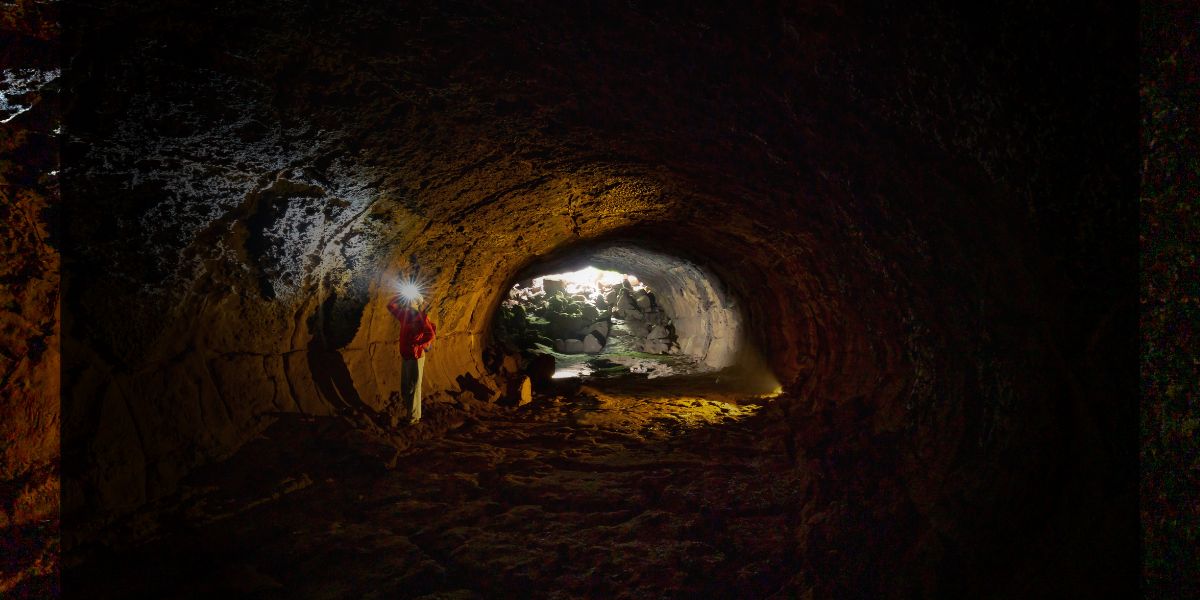Leadership in the Desert
Why Clarity Matters More Than Total Freedom

There’s something about the desert that can teach us about leadership.
A desert is daunting not because there are no paths, but because there are unlimited options.
(“Anxiety is the dizziness of freedom.” ― Søren Kierkegaard.)
You can go in any direction, at any time, and every choice feels uncertain. The danger isn’t just lack of movement, it’s wandering without clarity.
In business, we often assume that unbound freedom - freedom to do anything, pursue any initiative, chase any client is the goal. But when everything is possible, nothing is clear. People end up paralyzed, unsure of whether their steps move them closer to something meaningful.
That’s where leadership matters.
Leaders Must Provide Clarity in the Desert
The role of a leader isn’t just to inspire or to manage—it’s to create clarity.
- Purpose gives people a reason to get up in the morning.
- Mission helps them decide what to do today.
- Vision paints the picture of a “tomorrow” worth striving for.
- Values define the rules of the game—what’s in bounds and what’s not.
When leaders set these boundaries (or rules of the game), it may seem like they are reducing freedom; and in many cases they are. But this is a good thing. When you know the path forward it creates an ‘internal freedom’, a freedom to use your talents and gifts to march forward - towards the goal. Vision and clarity become orienting, energizing, and productive, not paralyzing. It’s the difference between “go anywhere you want” and “we’re going north together.” Suddenly, the desert is navigable, people have direction.
How Leaders Emerge
In my conversation with a local CEO, we talked about why some people become leaders while others don’t. At first glance, it’s puzzling: if everyone sees what needs to be done, why wait for someone else to act?
The truth is, the very people who refuse to wait are the ones who rise. They become the obvious choice, they take initiative, and soon enough, they’re the ones setting the course. Leadership, in that sense, is less about title and more about the willingness to act when others hesitate.
He shared how even something as simple as turning workplace improvement into a “game” unlocked people’s initiative. With clarity around the “rules” and an end goal, suddenly individuals who hadn’t led before stepped forward. What changed? Not their talent, but the presence of a framework they could orient around.
The Leader’s Responsibility
As leaders, we can’t assume that people will thrive in wide-open freedom. Most will struggle in the desert. Instead, it’s our responsibility to give clarity—without stripping ownership.
The best leaders don’t micromanage. They align. They say, “This is where we’re going, this is why it matters, and these are the principles we won’t compromise.” From there, people can build their own clarity within the bigger frame.
In my experience, organizations that lack clarity don’t just slow down—they begin to fracture. But when leaders bring clarity, even complex, diverse teams can find rhythm and momentum together.
What’s Next?
The desert teaches us that clarity, not endless freedom, is the true gift of leadership. In a company, clarity doesn’t just keep people moving—it keeps them moving together. It organizes action and focus.
As a leader, your greatest impact may not be in doing more, but in saying less, and being more clear: in setting a clear direction, removing the noise, and giving your people something to orient their actions around.
Because when you do, the desert becomes navigable—and people discover freedom in working together towards a common goal.

